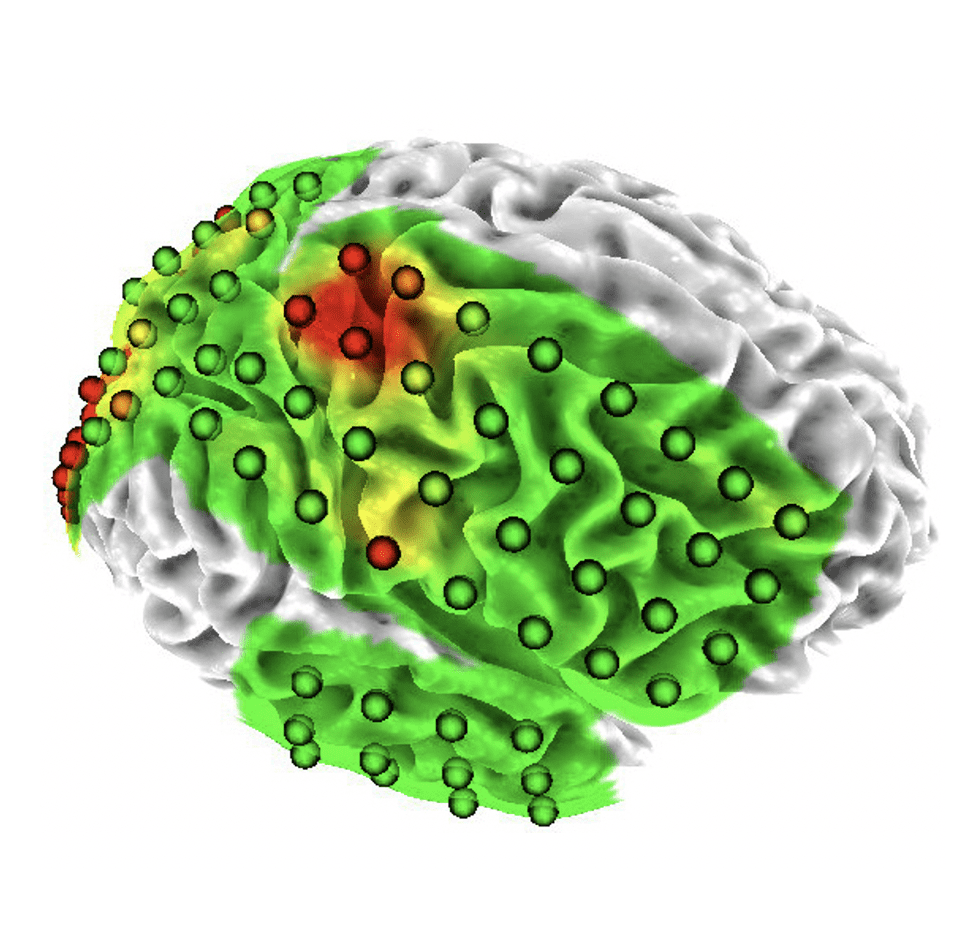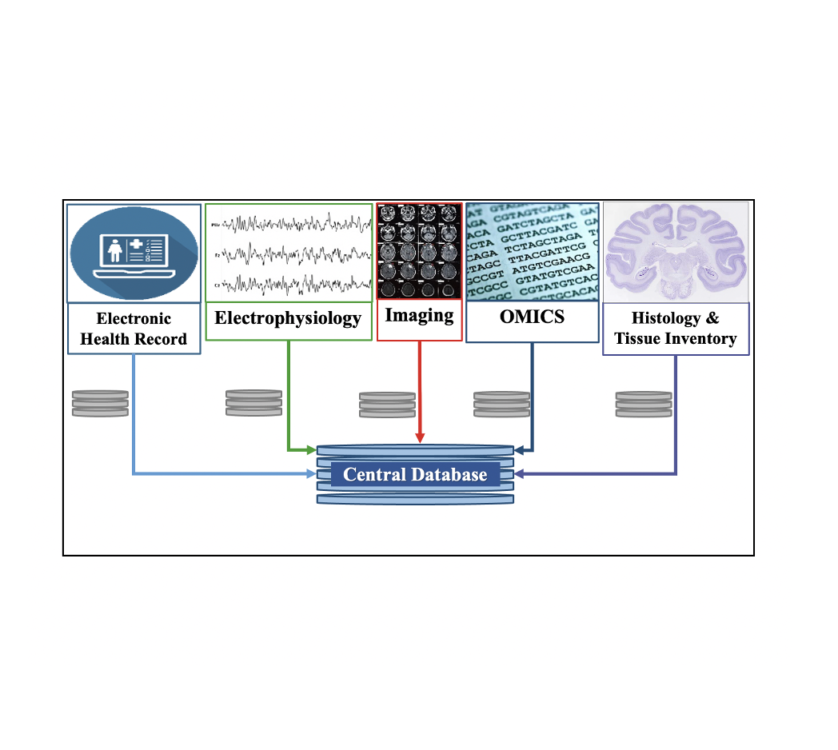Research and Development / I-BRAIN
I-BRAIN
Illinois Brain Analytics Institute – Solving mysteries of the human brain one disease at a time.
I-BRAIN brings together multimodal integrated patient data, disease-specific subject experts, and a novel data platform called INTUITION.






